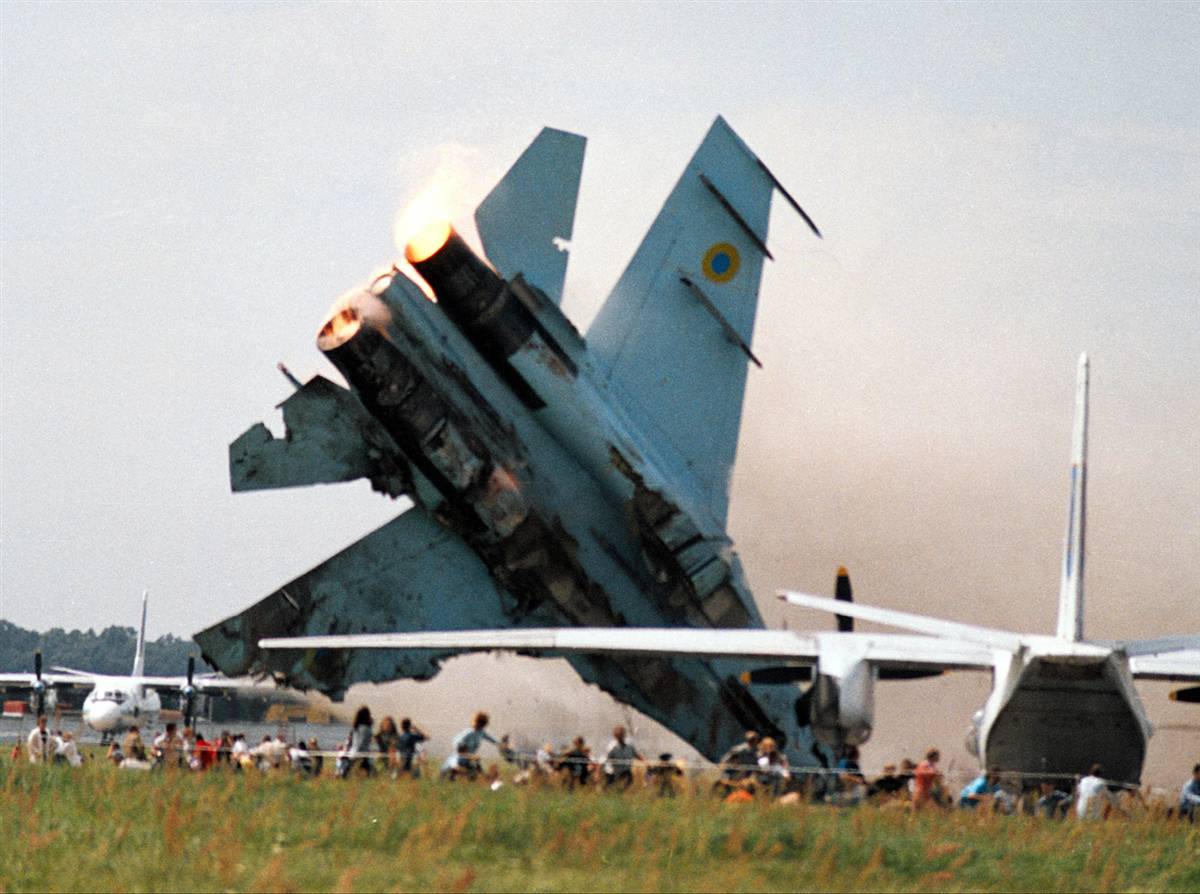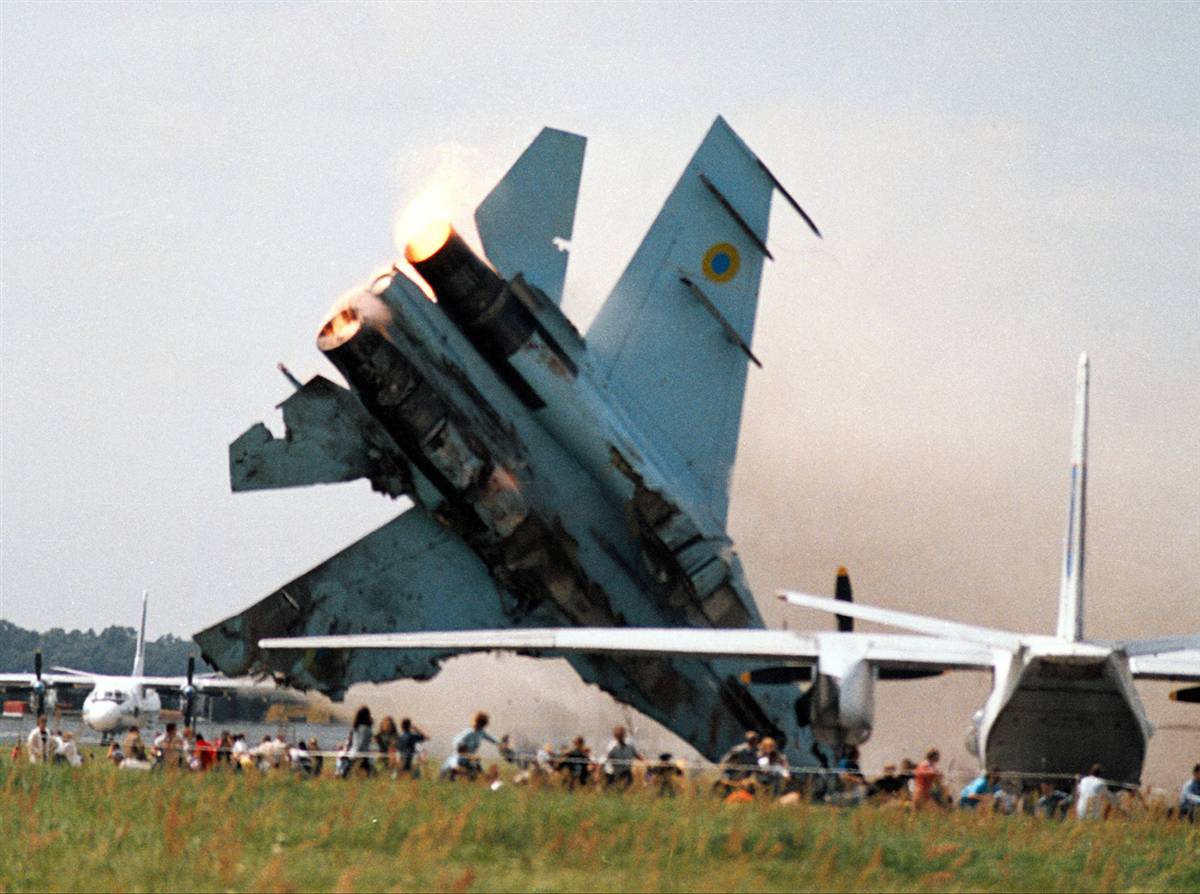Orlando drone show malfunction: Imagine a breathtaking aerial spectacle, meticulously choreographed lights dancing across the night sky, suddenly disrupted by a cascade of malfunctioning drones. This article dives into the specifics of a recent Orlando drone show failure, exploring the technical glitches, audience reactions, and the aftermath. We’ll examine the event’s timeline, potential causes, and the lessons learned for future drone shows.
From the initial technical hiccups to the post-event investigation, we’ll dissect every aspect of this incident, providing a comprehensive understanding of what went wrong and how similar incidents might be prevented. We’ll cover the show’s intended visual display, the actual malfunction, and the impact on both attendees and organizers.
Orlando Drone Show Malfunction: A Detailed Analysis
This article delves into the technical aspects, audience impact, and post-malfunction response of a recent drone show malfunction in Orlando. We will examine the events leading to the failure, explore potential causes, and analyze the subsequent investigation and its implications for the drone show industry.
Event Details & Circumstances
The incident occurred during a large-scale drone light show in Orlando, Florida, on [Insert Date] at approximately [Insert Time]. The show, titled “[Insert Show Name]”, took place at [Insert Location]. The drones involved were [Insert Drone Model] manufactured by [Insert Manufacturer]. The malfunction began when [Insert Specific Starting Point of Malfunction – e.g., a group of drones deviated from their programmed flight path].
This triggered a cascading effect, with [Insert Description of Cascading Effect – e.g., other drones attempting to avoid collision, leading to further deviations]. The show was ultimately halted as a safety precaution.
| Time | Event Description | Drone Affected | Impact on the Show |
|---|---|---|---|
| [Time 1] | Show begins; drones take off and begin programmed sequence. | N/A | Positive initial audience response. |
| [Time 2] | [Description of initial malfunction]. | [Specify drones affected, if known] | Slight disruption, but show continues. |
| [Time 3] | [Description of escalating malfunction]. | [Specify drones affected, if known] | Significant visual disruption; some audience members express concern. |
| [Time 4] | Show organizers halt the show. | All drones | Complete cessation of the show. |
| [Time 5] | Drones safely land. | All drones | Resolution of immediate safety concerns. |
Technical Aspects of the Malfunction

Several factors could have contributed to the malfunction. Potential causes include software glitches in the drone’s flight control system, hardware failures such as malfunctioning GPS or motor components, or environmental factors like unexpected wind gusts or interference from other electronic devices. The show’s safety protocols, which likely included redundant systems, emergency landing procedures, and real-time monitoring, may or may not have been fully adhered to.
Any lapses in these procedures, such as inadequate wind speed monitoring or insufficient redundancy in the control system, could have exacerbated the situation.
Hey, did you hear about the Orlando drone show malfunction? It was a pretty big deal, with a lot of folks talking about what went wrong. Check out this article for the full story on the orlando drone show malfunction ; it really highlights the challenges of these massive light shows. Hopefully, future events will learn from this and avoid similar problems.
A comparison with similar drone shows reveals that while many employ similar safety measures, the specific implementation and redundancy levels can vary significantly. This highlights the importance of rigorous testing and comprehensive safety protocols tailored to the specific environment and complexity of each show.
A flowchart illustrating the potential sequence of events is as follows:
[Insert detailed description of flowchart here, describing each step from system startup to failure. Example steps might include: System initialization, GPS signal acquisition, flight path execution, sensor data processing, error detection, emergency landing sequence initiation, and final drone landing.]
Audience Reaction & Impact

Audience reactions ranged from initial confusion and concern to eventual disappointment. Anecdotal accounts from attendees suggest a mix of excitement during the initial phases, followed by growing unease as the malfunction unfolded. Some expressed frustration at the abrupt halt, while others praised the organizers for prioritizing safety.
- Immediate impact: Disappointment among attendees, potential refund requests.
- Long-term impact: Negative publicity for the organizers and sponsors, potential impact on future bookings, increased scrutiny of safety protocols within the industry.
No injuries or significant property damage were reported as a direct result of the malfunction.
Post-Malfunction Response & Investigation

The show organizers immediately initiated emergency landing procedures, bringing all drones safely to the ground. A post-event investigation was launched, including a review of flight logs, sensor data, and interviews with technical personnel. The official statement released by the organizers [Insert a summary of the official statement]. To improve their response, the organizers could have implemented more robust real-time monitoring systems with automated fail-safes, enhanced communication protocols between drones and ground control, and more rigorous pre-show testing in varied environmental conditions.
That Orlando drone show malfunction? Yeah, it got me thinking about the bigger picture of drone show safety. Check out this article on a drone show crash to see what can go wrong. It highlights some serious issues, reminding us that even with advanced tech, things can still fail, like what apparently happened in Orlando.
Visual Representation of the Event, Orlando drone show malfunction
The intended visual display was a choreographed sequence of drones forming various shapes and patterns in the night sky, synchronized to music and lighting effects. The choreography included dynamic movements and transitions, creating a captivating spectacle. The malfunction resulted in a chaotic and unpredictable visual display, with drones deviating from their planned paths and creating erratic patterns of light.
The intended synchronized, elegant movements were replaced by a disjointed and disorienting spectacle, starkly contrasting the planned visual experience.
That Orlando drone show malfunction? Total bummer, right? It makes you appreciate the planning that goes into a successful show, like the ones you can find information about at this site for florida drone show events. Learning from those successes might help prevent future Orlando mishaps, hopefully leading to smoother, more spectacular displays in the future.
Epilogue: Orlando Drone Show Malfunction
The Orlando drone show malfunction serves as a stark reminder of the complexities involved in large-scale drone operations. While technological advancements have made impressive displays possible, robust safety protocols and thorough planning remain crucial. Understanding the causes of this specific malfunction, from potential software issues to environmental factors, allows for the development of improved safety measures and more resilient systems, ultimately enhancing the safety and enjoyment of future drone shows.
The investigation’s findings and recommendations should guide the industry towards more reliable and secure aerial performances.
FAQ Section
What type of drones were used in the show?
This information will be included in the main body of the article, specifying the manufacturer and model.
Were there any injuries reported?
The article will detail any injuries or damage resulting from the malfunction.
What was the estimated cost of the damage?
This information will be included in the section detailing the financial impact on organizers and sponsors.
What changes are being made to prevent future malfunctions?
The article will discuss preventative measures and improvements to safety protocols based on the investigation findings.
